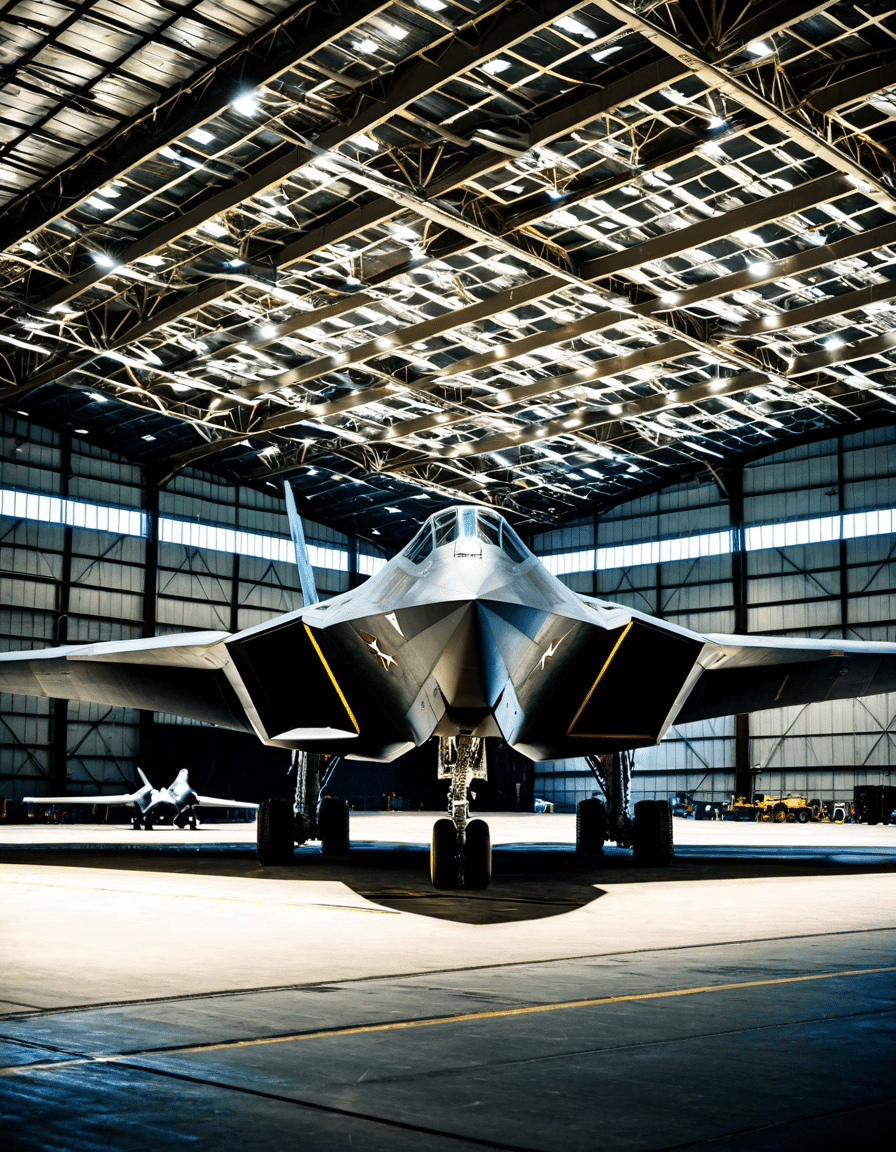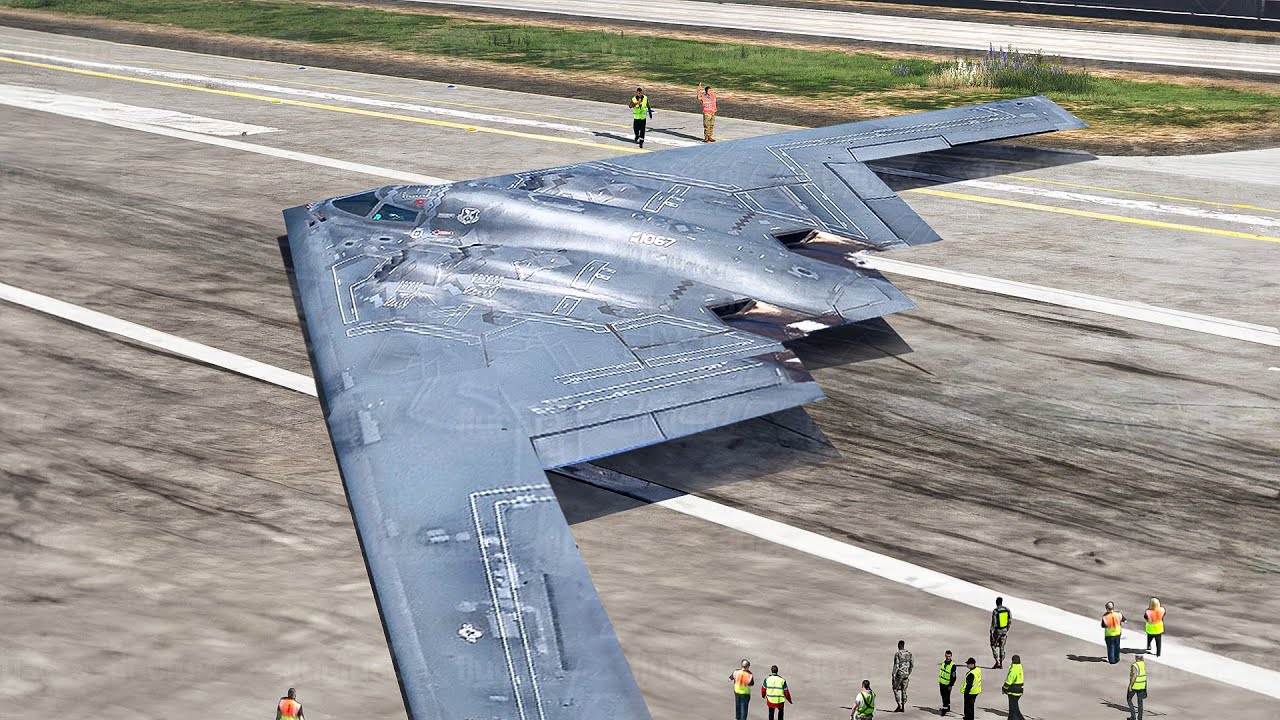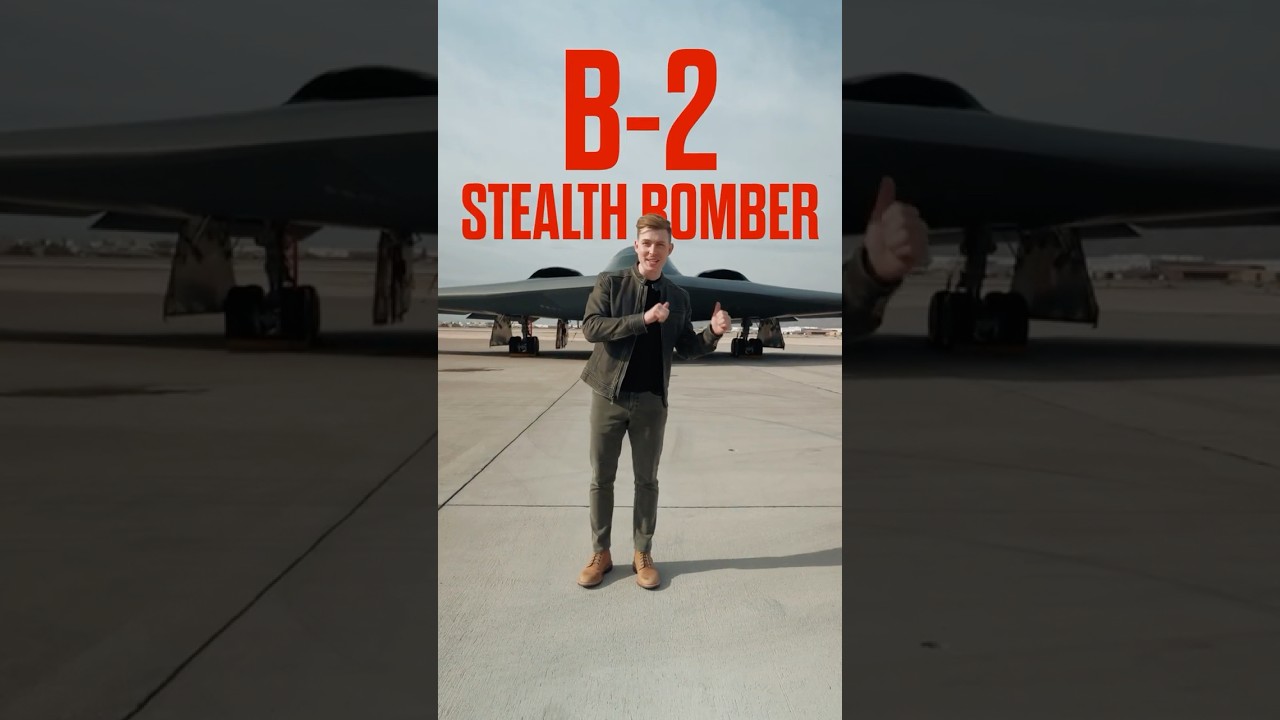As we step into 2026, the impact of stealth bomber technology on aerial warfare becomes increasingly evident. Historically, fighters like the Northrop B-2 Spirit and the newer B-21 Raider have revolutionized strategic military planning. But what makes these aircraft so pivotal? Let’s delve into seven key secrets of stealth bombers that are reshaping aerial combat and defense strategies worldwide.
1. Advanced Radar Absorption Techniques
The B-2 Spirit has stood as a cornerstone of stealth technology since it first took to the skies. Its design includes radar-absorbent material (RAM) that dramatically reduces its radar cross-section, allowing it to slip into enemy airspace undetected. This technology has undergone remarkable advancements, propelling the creation of newer models like the B-21 Raider, which promises even more refined stewardship of stealth capabilities.
These innovations in radar absorption are not just a matter of materials but also engineering. The design of the B-2 allows it to maintain a low profile in multiple spectrums, and recent research suggests that further developments could enhance these capabilities. Notably, as global threats evolve, so too must the strategies employed to counter them.
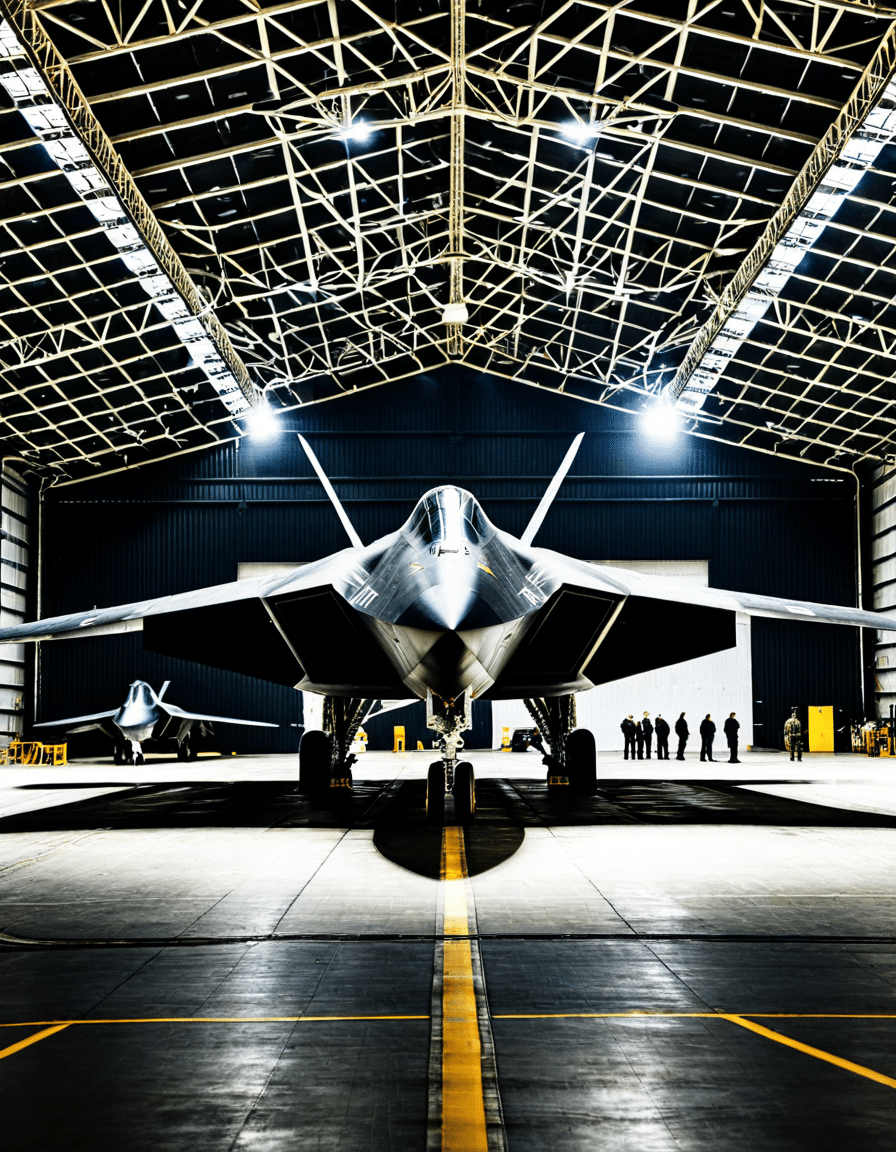
2. Low Observable Technology
Both the B-2 and B-21 exploit a design philosophy emphasizing low observable (LO) characteristics. This involves not just the shape and materials of the aircraft but also the clever placement of internal components and exhaust systems, strategically minimizing infrared and other signatures. By reducing their detectability in the air, these stealth bombers give military planners a distinct advantage over traditional aircraft.
Recent technologies also focus on tweaking every aspect of these bombers, from their surfaces to their engine placements. The ability to operate quietly while maintaining high performance allows them to execute missions with far greater freedom, enabling them to evade enemy radars effectively.
3. Integrated Sensor Suites
Modern stealth bombers don’t just fly under the radar; they also see what others can’t. Equipped with advanced sensor systems, aircraft like the B-21 Raider gather real-time intelligence across a broad spectrum of operations. This layered sensor architecture enables more informed decision-making, allowing for precision strikes that are significantly more accurate and timely than in past conflicts.
The evolution of these sensor systems is pivotal in transitioning from traditional warfare to more calculated engagements. With situational awareness at an all-time high, pilots can make split-second decisions that turn the tide of engagements in their favor.
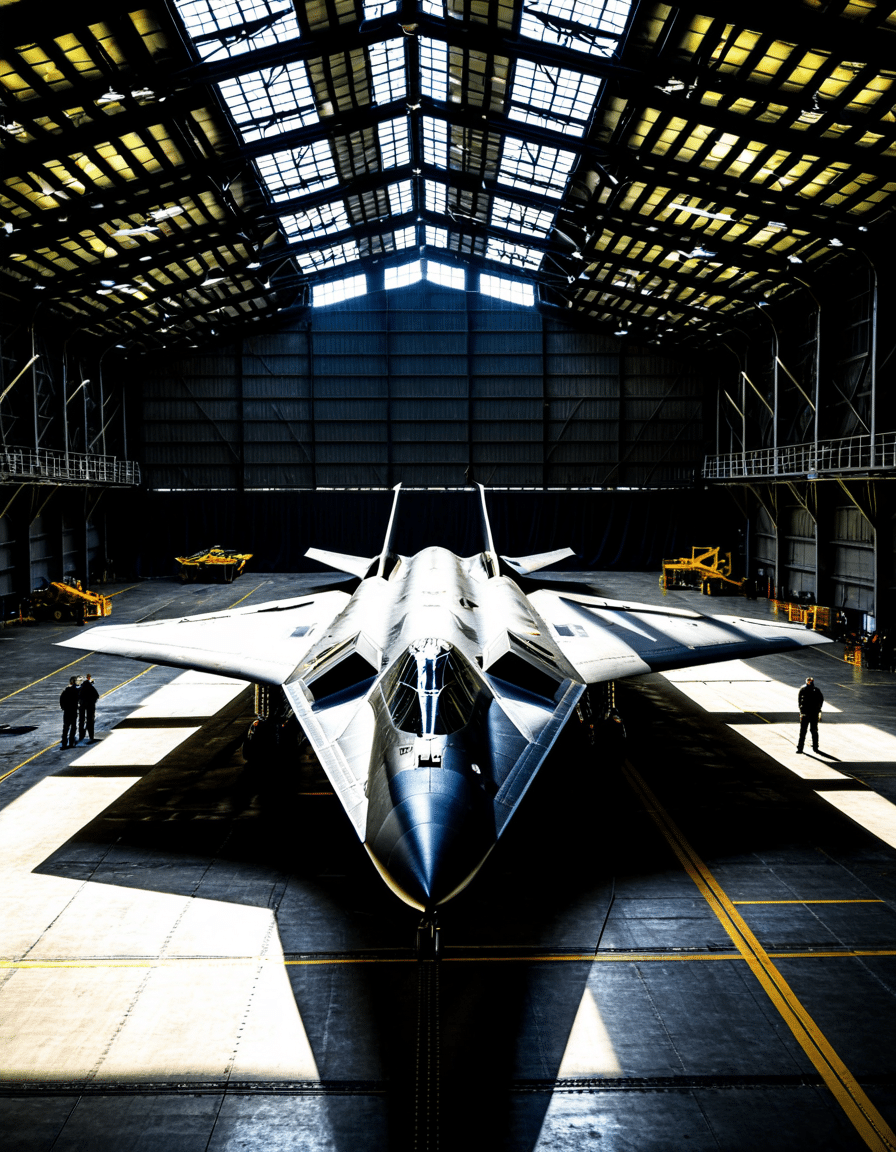
4. Network-Centric Warfare Capabilities
Stealth bombers operate not in isolation but as part of a network-centric warfare strategy. Both the B-2 and B-21 communicate seamlessly with other assets in the operational theater, which may include drones and ground forces. This connectivity creates a highly integrated battlefield environment where data flows freely and instantly.
As a result, cooperative operations can occur with a level of synchronization previously unseen. The strategic advantage of combined forces enhances the capabilities of stealth bombers, allowing them to coordinate attacks more effectively than their predecessors.
5. Hypersonic Weapon Compatibility
As discussions around the future of warfare evolve, hypersonic weapons are becoming game changers. Emerging models of the B-21 are tailored to accommodate hypersonic missiles, which can engage fortified targets with unparalleled speed and fury. These advancements exponentially increase the bomber’s offensive potential.
Not only does this capability present a formidable deterrent to adversaries, but it also sends a clear message about the United States’ unwavering commitment to air supremacy. Hypersonic compatibility means adversaries can no longer assume safety behind thick defenses.
6. Enhanced Stealth Profile with Unmanned Options
The rise of unmanned aerial vehicles (UAVs) adds an exciting layer to stealth operations. Stealth bombers are adopting the drone swarm concept, utilizing multiple smaller drones to distract and confuse enemy defenses. This integration drastically amplifies the effectiveness of stealth operations.
With drones at their disposal, stealth fighters like the B-21 can launch missions that previously seemed too risky or complex. This blend of manned and unmanned capabilities is reinventing how military forces approach aerial challenges.
7. Psychological Warfare and Deterrence
Let’s not overlook the psychological impact of stealth bombers. The existence of aircraft like the B-2 Spirit presents a formidable deterrent. The ability to strike deep into enemy territory without a hint of warning adds a pressure component, altering military calculations significantly.
As adversaries consider potential conflicts, they must grapple with the knowledge that the stealth bomber could emerge at any time. This looming concern reshapes strategies, compelling foes to respect the invisible threat posed by these powerful aircraft.
Embracing New Paradigms in Aerial Defense
As advancements continue to reshape aerial warfare, stealth bombers stand at the forefront of this transformation. The secrets behind their design and operation reveal an intricate tapestry of engineering, strategy, and operational doctrine that extends beyond simple air warfare. Those innovations may redefine battles not just in execution but also in anticipation, altering how military forces manage conflicts in the modern era.
Across the globe, nations are eager to tap into the potency of stealth technology. As political landscapes shift—like the potential ramifications of state actions involving nuclear capabilities, as in the inquiry “Does Iran have Nukes”—the quest for aerial dominance remains vital. The pursuit of stealth bombers represents a new frontier in ensuring air power continues to play a pivotal role on the world stage.
In this age of cutting-edge technology and ever-increasing tension, the secrets of stealth bombers embody a significant evolution in how wars may be fought in the coming years. As we continue to witness these innovations, it’s clear that aerial warfare will never be the same again, with stealth bombers leading the charge for greater efficacy in combat missions.
Stealth Bomber Secrets Redefining Aerial Warfare
The Game Changer
The stealth bomber, a marvel of modern engineering, has shifted the way militaries engage in aerial combat. This aircraft isn’t just about power; it’s about evasion. Its ability to avoid radar detection means it can approach targets without the usual risk, changing the course of strategy in military operations. Interestingly, its inception was influenced not just by warfare needs, but also by events and decisions beyond the battlefield. For instance, the innovative designs came about around the same time as the intense debates over issues like the North Dakota governors decisions on military funding, showing how interconnected politics and technology can be. This proves that the origins of military technology often lie within social movements and political discussions.
Secrets Behind the Design
The engineering that goes into a stealth bomber is mind-boggling! Its silhouette is designed to reflect radar waves, ensuring it remains undetectable to enemy systems. You’d think designing such an aircraft would be straightforward, right? Not quite. The level of secrecy in its development led to various controversies, similar to those that arise during congressional election Results when transparency becomes a hot topic. It’s a vivid reminder of how critical information can be obscured when national security is at stake. Alongside these technological advancements, public events sometimes keep us entertained amidst the serious undertakings. For instance, the Iheartradio Music awards 2025 will be showcasing talents while engineers are busy perfecting propulsion systems that allow these aircraft to fly quietly and efficiently.
Cultural Impact
The cultural footprint of the stealth bomber stretches beyond just military circles. Its imposing presence in media has become a point of fascination. People often compare it to high-profile figures in pop culture, such as Jaden Smith and Jada Pinkett, both known for pushing boundaries and embodying change. The stealth bomber represents not just a fighting machine but also a symbol of innovation and adaptability in an unpredictable world. Similarly, events like the Brisbane International showcase athletic flexibility, reminding us how adaptability can thrive in various fields. So, whether you’re watching an intense tournament or pondering the future of air combat, it’s clear that these innovative designs echo far beyond their military use.
In summary, the stealth bomber isn’t just about flying silently; it’s a testament to the melding of technology, politics, and culture, reshaping not only warfare but also our understanding of resilience and creativity in every aspect of life.
